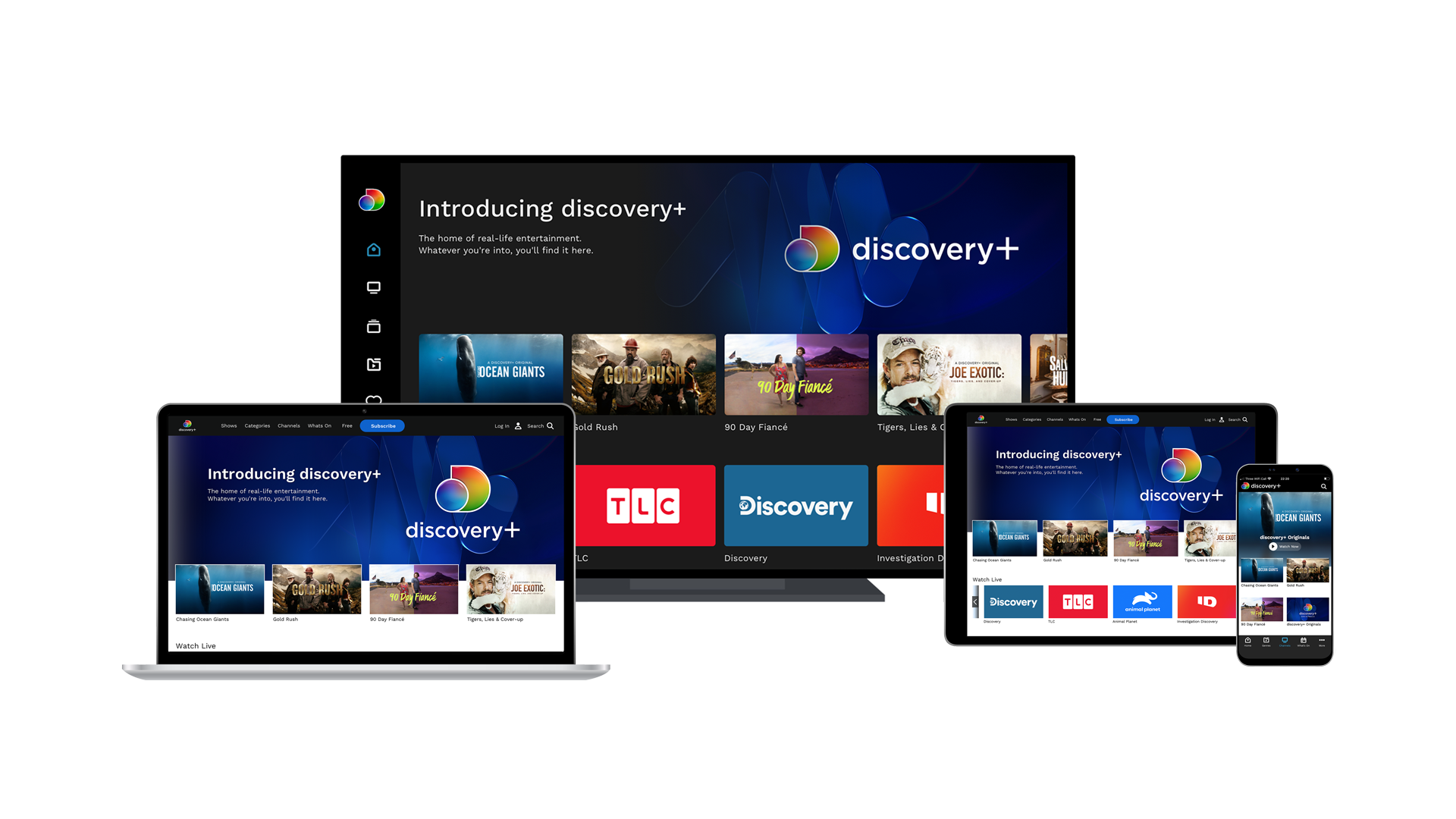A bright start for discovery+ shows broadcasters don’t have to abandon linear for OTT

There may be fears that launching a major streaming service at this stage in the market’s maturity may be a risk.
Netflix, a general barometer for the SVOD market’s health, last week reported one of its lowest subscriber adds on record. NBCUniversal’s Peacock this week reported slower growth while WarnerMedia’s premium streamer HBO Max is yet to hit 10 million subscribers despite its high-profile – and highly controversial – decision to offer its Warner Bros. theatrical releases on the streamer the same day as cinemas at no extra cost.
However, amid this negative reading of the situation, one company that is performing positively is Discovery.
The company this week confirmed that it now has over 15 million paying direct-to-consumer subscribers four months after it began to roll out its SVOD discovery+ globally.
Speaking on the company’s Q1 earnings call, Discovery CEO David Zaslav praised the SVOD’s team, saying that “I couldn’t be prouder of how our company has executed, near flawlessly, responding with creativity, precision and focus across the board, while at the same time, accelerating the pace of innovation throughout our organisation as we embrace substantial growth opportunities around the globe.”
The CEO said that the company is “now scaling a very well received global direct-to-consumer offering that complements our incumbent linear channel presence in every television market around the globe.”
But the success of discovery+ to date is about more than just luck.
Secrets of success
Speaking to Digital TV Europe, Discovery’s EVP, GM UK & Nordics James Gibbons said that the company’s strategy has determined the success, both in terms of the platform’s content and as a result of Discovery’s years-long relationships with leading pay TV operators around the world.
The streamer first launched in the UK in November 2020 alongside a rollout on Sky Q, while it has more recently secured distribution on TIM in Italy, VodafoneZiggo in the Netherlands, and Comcast in the US along with a 12-country deal with Vodafone.
Due to Discovery’s content being “ largely known through our linear channels,” Gibbons says that “to launch without being able to access that audience directly seemed to be leaving too much opportunity on the table.”
He notes that “most streaming consumption is still on the big screen and certainly that’s where a lot of the big growth is” and that “the Sky model or variations of that is something we’re looking at in other European markets.”
In terms of content, discovery+ rolled out with the most content of any new streaming service with 55,000 episodes from 2,500 shows from brands like HGTV and Food Network.
Upon its global unveiling in December 2020, Zaslav said that “we are seizing the global opportunity to be the world’s definitive product for unscripted storytelling, providing households and mobile consumers a distinct, clear and differentiated offering across valuable and enduring lifestyle, and real life verticals.”
This is a lofty goal, but one which Gibbons feels Discovery is living up to. The exec argues that “it’s not a stretch to say that bringing all that content together can be a broad offering even though it is positioned in a certain part of the market.”
Part of this is down to the kind of reactive content that is the bread and butter for traditional broadcasters like the BBC. In the wake of major events, it is not unusual to see the BBC put out a major news article or quickly-produced programme covering the topic, but this is typically absent from streaming services.
Discovery has demonstrated its ability to match this, with detailed documentaries already produced and published this year covering the deaths of Prince Phillip and Diego Maradona, and the internet’s hijacking of Gamestop’s stocks.
Of the programme What Killed Maradona?, which was added to the streamer within a week of the footballing icon’s death, Gibbons tells DTVE that “it wasn’t a pre-done piece” and that “it was genuinely from scratch.”
The next step
While its success to date has, Gibbons says, “really exceeded our expectations,” Discovery is already looking ahead to how it can continue its SVOD’s expansion.
Zaslav said that there is “significant opportunity” to expand Discovery’s base through its D2C offering in markets like Italy where pay TV is only 20-30% penetrated.
Rather than a company like Disney which is all but abandoning its global linear TV business in favour of going all-in on Disney+ and its other streaming products, Discovery is confident that the nature of its programming can ensure that it can have its cake and eat it too.
JB Perrette, Discovery International’s CEO and president, told analysts that “we can do a little bit of both.”
He said that the company will “continue to produce great originals and stories for our traditional channels and give people an ability to want to access that and embark subscribing to it in the bigger bundles, access to it on discovery+, either concurrently or even a bit later in some cases.”
Perette said that it is a strength of Discovery’s “unique content model” that means it’s not “an either/or”, and that the company is “continuing to experiment with some of the windows.”
This is a mentality across the business, with Gibbons also saying that the company wants to support both its traditional linear channels and its nascent streamer.
At a time when some other major streamers are arguably struggling to get their services off to a stable start, Discovery’s approach to the OTT market has been to create an offer that both complements its existing business and complements other services in a consumer’s streaming library.
As the company’s CEO Zaslav surmises: “Yet as important as discovery+’s success is to the future prospects of the company, of equivalent importance is our core linear business… As we drive long-term sustainable growth, it is imperative that we nurture both sides of the company as interconnected and supportive to one another.”
The numbers so far have shown this to be a successful model, and Discovery will hope that this can continue as discovery+ further expands across the globe.





